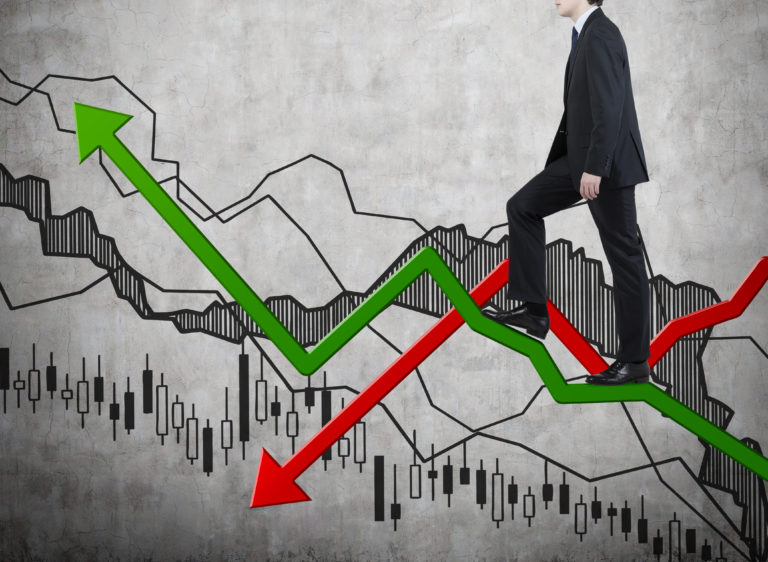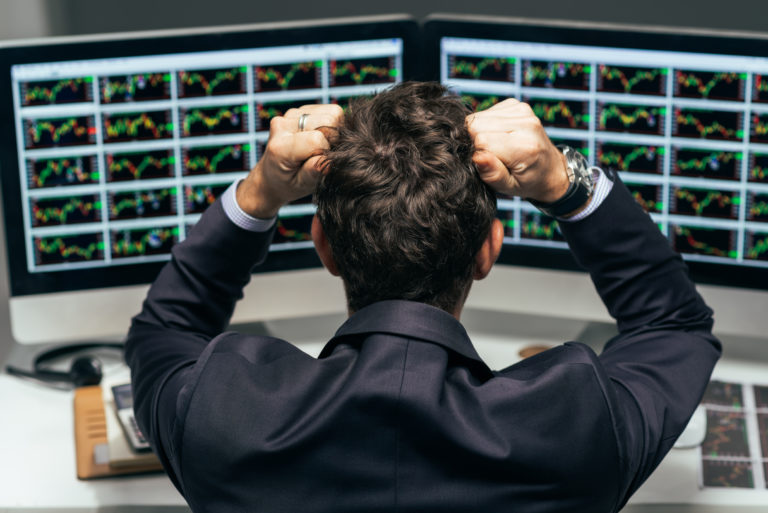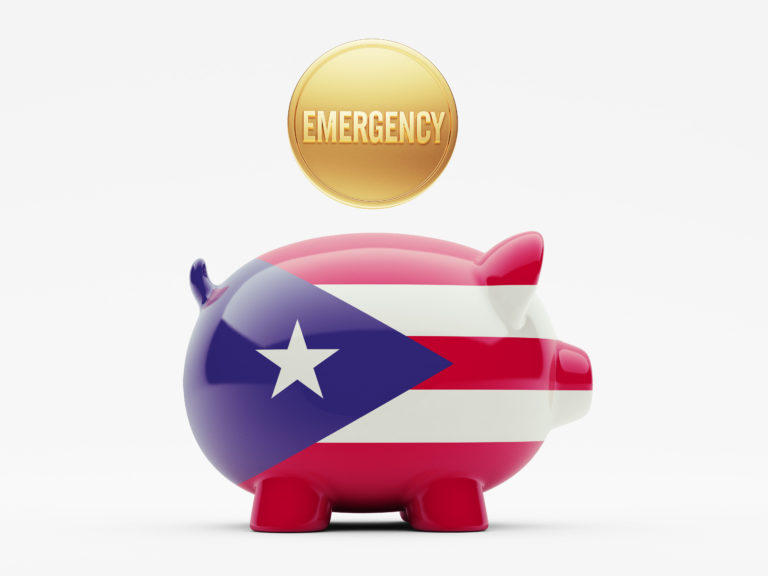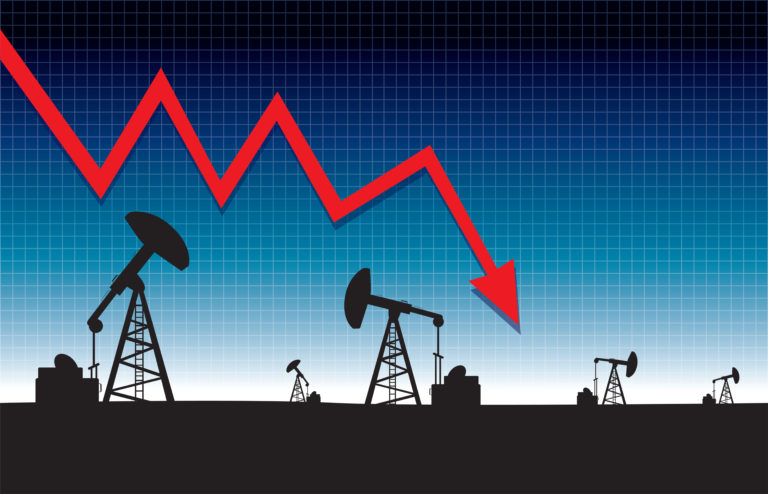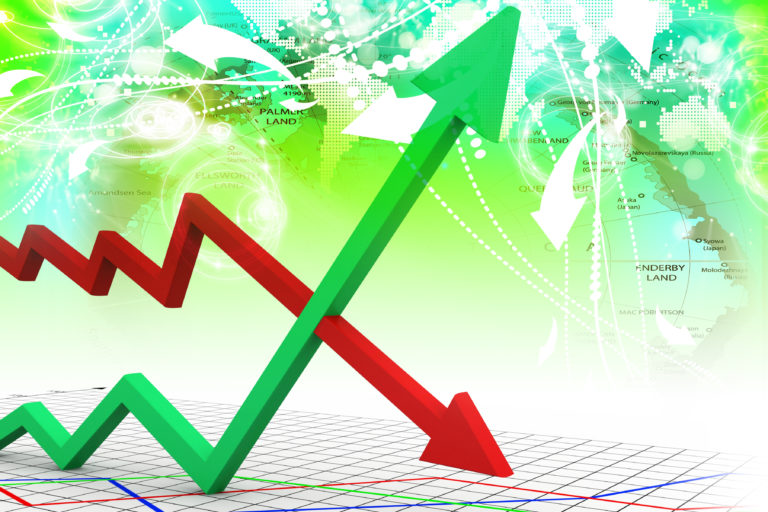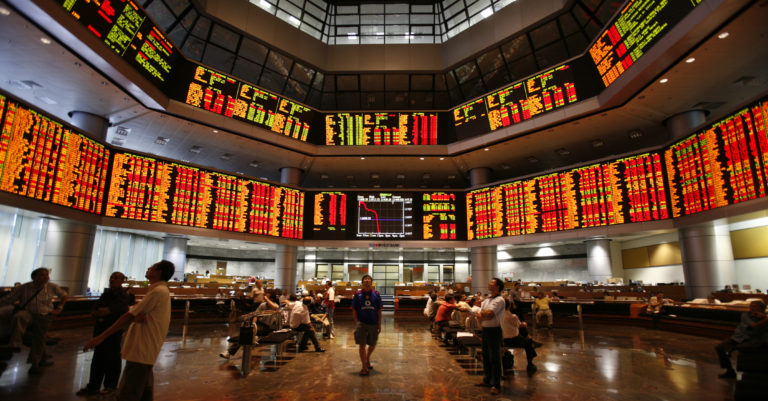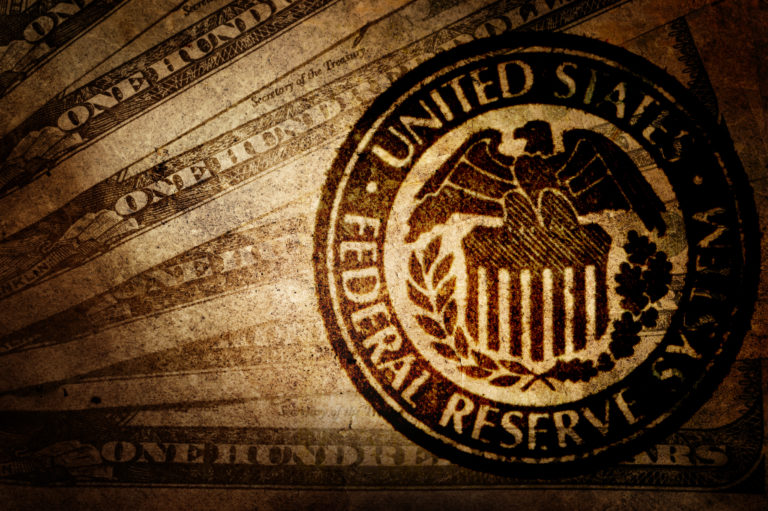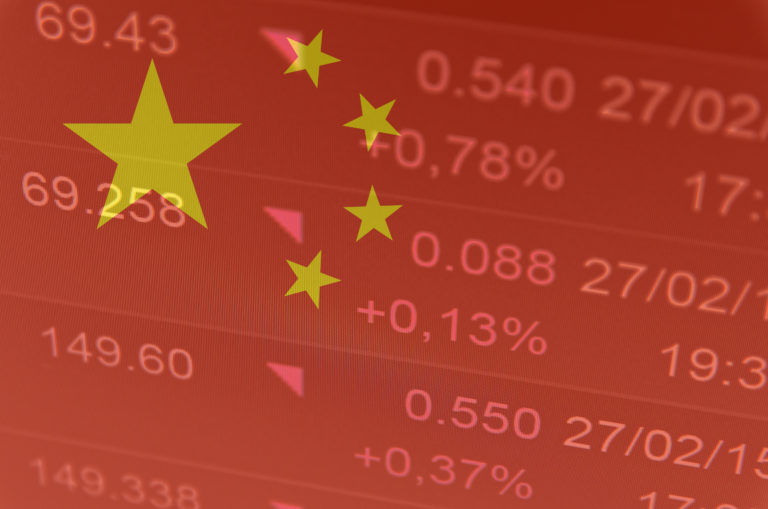It was a disastrous week for Wall Street, as the Dow lost ground every day this week, extending its losing streak to seven days overall! Oil prices, global turmoil and the possibility of an impending interest rate hike all played a role in the Dow shedding almost 2% over the past five days. The benchmark index now stands more than 450 points below its starting point for 2015!
Monday markets plummeted thanks in large part to the first day of trading in Greece since their debt re-structuring. The Athens Stock Exchange fell more than 16%–and took other major world markets down with it. Disappointing manufacturing data, plus a 4% drop in oil to $45 a barrel didn’t help matters, as the Dow dropped 91 points.
Tuesday investors showed concern in a nearly 4% drop in Apple share prices. Factory orders showed a slight increase from June, while the trade deficit increased in July. For the day, the Dow was down 47 points.
Wednesday the market showed a neutral reaction to ADP’s private sector payroll report, but investors were encouraged by comments from Atlanta Fed president Dennis Lockhart, who claimed that a September rate hike was not yet a sure thing. It was a quiet day for the markets, but the losing streak continued as the Dow lost 10 points.
Thursday the slump continued, as major stocks like Viacom and Disney lost upwards of 5%. The slide in oil prices continued, as another 2% drop sent the price down to $44 a barrel. The NASDAQ was especially hard-hit—dropping 2% for the day… but as for the Dow, it dropped 120 points.
Friday the losing streak extended to seven days, after a positive jobs report raised suspicions of a possible rate hike in September. Oil prices continued to tumble, reaching a new low at just under $44 a barrel. It was another day in the red for the Dow, which lost 46 points.




